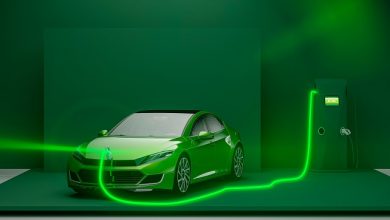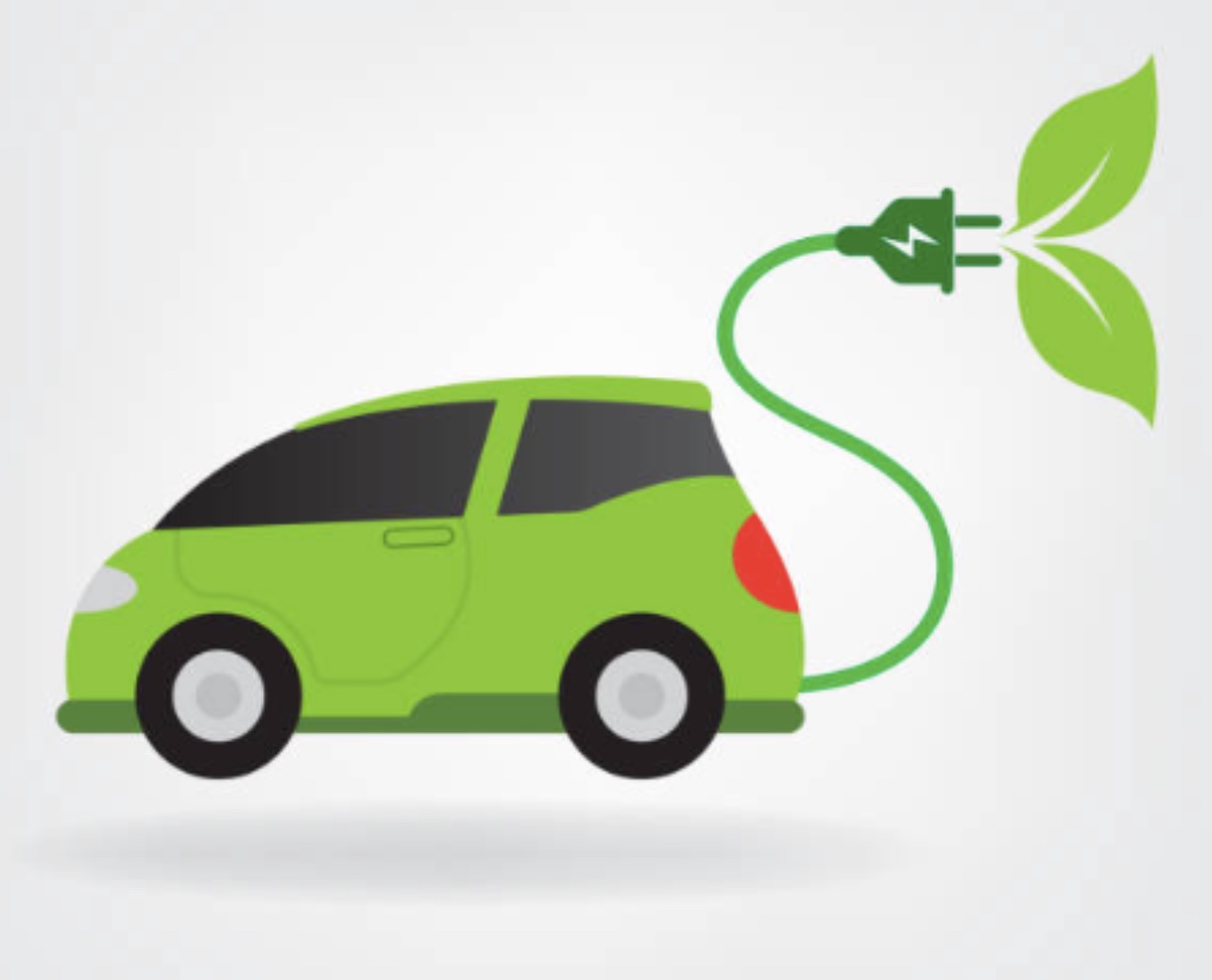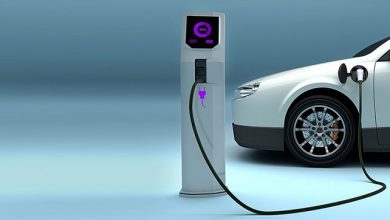We need to change our strategy!

To have less than 3% market share for something that is clearly acknowledged to be the most socially responsible A total of 50,866 vehicle were sold in India in the month of Dec. 2021. While it was a 239% increase YoY (14, 978 EVs were sold in Dec. 2020), it was less than 3% of the total vehicles sold in the same month. In other words, India is still not buying EVs. thing to do, and despite a lot of government support, is puzzling.
In the year 2019 (the last pre-Covid year) the total number of vehicles old in India was 24.58 million, including 21.18 million two-wheelers. The total number of vehicles sold between 2011, and 2021 I higher than 200 million.
A closer look at the data corroborates the obvious fact that more than 80% of all vehicles in India is in the 2W segment. Among EVs, more than 98% of the volume is in the 2Wheelers & 3Wheelers (roughly equal numbers). Among E3Wheelers, significantly more passenger vehicles ~90%) are sold than cargo vehicles (~10%).
Very low penetration of EVs despite subsidies, high petrol/diesel prices, and serious promotional efforts is beginning to cause worry to players in the eco-system.
ICE vehicles (Petrol/Diesel/CNG/LPG) continue to sell in much larger numbers (about 40x). The supply chain of ICE vehicle parts is already well developed, and ICE technology has reached a stage of maturity that has evolved over 100 years.
Six out of the top 10 most polluted cities in the world are in India. Healthcare cost (public as well as private) are rising due to diseases caused by pollution. There is very good general awareness about the ill-effects of pollution, and the fact that vehicular pollution contributes to 40% or more of the total pollution. Electrification of transportation will make a significant different to pollution levels.
India’s oil import bill in FY22 reached 67% of that in FY21 in just 5 months! India’s oil bill in FY22 may exceed $100 Billion (more than 800000 crore Rupees)!
Why is it a problem?
India needs to be electrifying its transportation on a war-footing to be able repurpose the oil-import dollars to something more socially beneficial, and also significantly reduce pollution. EV sales need to go up significantly.
ICE vehicles have a well-developed supply-chain, and high volumes have brought costs down over the years. The current gap of 40x between ICE vehicle sales, and EV will continue to keep ICE vehicles more attractive unless extraordinary efforts are made.
Low volumes of EVs will prevent supply-chain for the EV specific parts (Motors, Controller, Batteries) from developing. Poor economics of scale will inhibit success.
Governments (state as well as central) have been providing incentives for last several years. Sincere efforts have been made to create demand as well as help the supply side. However, a less than 3% share of the pie after years of hype, and hope is certainly not good enough.
Hype collapses are typically catastrophic: public interest nosedives if the higher hopes created due to the hype are not delivered.
Collapse of public interest in EVs will be catastrophic: Pollution will continue to increase, and oil import bills will continue to swell.
Why are so few EVs selling?
The commonly cited inhibitors of EV adoption are:
Range Anxiety: While more than 90% of the vehicles seldom do more than 40 Kms a day (65% of two-wheeler rides are less than 5 Km!), fear of getting stuck in the middle of nowhere on a rainy day with no charging stations nearby prompts people to look for higher, and higher range in the vehicle. OEMs fit bigger, and bigger batteries to increase the range. Batteries are expensive, and heavy. Bigger batteries make the vehicle expensive, and need higher powered motors to move the heavy battery around. Higher powered motors consume more battery power, and OEMs have been experimenting to find the sweet-spot.
High Initial Cost: Bigger batteries increase the cost, and it is common to find the battery costing 50% or more of the cost of the EV (you can buy two ICE TATA Nexons for the price of one TATA Nexon EV, and still have money left for an international vacation!). Over the life of the EV, more energy would have been spent carrying the battery around that the occupants or the cargo!
Safety Concerns: EVs are in infancy, and the technology is still evolving. Fire incidents have happened, and they do create panic. OEMs are challenged to meet price expectations, and cheap, poor-quality imports have to be considered. The regulatory framework does not enforce high quality standards on all batteries.
Maintenance Concerns/Reliability Issues: With extremely low penetration of EVs, spare part availability is non-existent. Trained technicians are also not available everywhere. Even minor failures cause the vehicle to be unusable for long-periods of time. Bad news spreads fast, and as everybody fears being stranded, a lot of people want to wait till EVs become as reliable as ICE vehicles.
Lack of Finance Options: Vehicle purchase financing institutions have been hesitant in financing EVs, as there is no established & universally accepted method of determining the ‘Remaining Useful Life’ of an EV. Battery being the most expensive part, causes the maximum concern.
Resale Value/Durability Concerns: Lack of an established method to determine, ‘Remaining Useful Life’, also makes it difficult to determine the fair market value of an EV.
Brand Trust: Trusted vehicle brands have been slow in their half-hearted attempts at EVs. New brands don’t have matching, confidence inspiring showrooms, and service network.
Charging Challenges: It will take a while before chargers are ubiquitous in a country like India. Apartment dwellers are particularly challenged, as majority of them were built before the advent of EVs, and do Allowing EV charging in areas where a large number of ICE vehicles are also parked is very risky. There have scary stories of people charging their vehicle in their kitchen as that was the only place a 15A socket was available! Safety of EV charging in close vicinity of LPG pipes is not established yet, and must be avoided.
Fear of job losses: While apart from the engine, every other part or its equivalent is also there in corresponding EV, a fear psychosis around job losses has persisted. This is highly exaggerated. Service intervals in ICE vehicle too have been increasing. The only service requirement that EVs will not have, is the periodic oil-change.
Subsidy on batteries: While the government provide subsidy on batteries with all good intentions, subsidizing anything leads to problems: Innovation gets constrained, subsidy gets exploited, and the long-term goal gets compromised. In the author’s personal opinion, it is immoral to give a few lakhs each, to a few thousand rich people, buying electric cars. It will not make a difference to them if they did not get the subsidy, and it will not make a difference if they did not buy their Electric Car. Subsidy, if at all, should be given to solutions that help the masses (such as Battery Swapping, Retrofitting as described later).
No, “Killer Product” yet: Despite a lot of hope, and hype there is no EV yet that everybody wants to buy. In the Passenger Car segment, a large number of good options have emerged, but they are a lot more expensive. Looking at the numbers, it appears that cycle-rickshaw replacement market has embraced electrification: E-Rickshaw have become popular in many parts of the country. However, in a country, where two-wheelers create more than 80% of the volume, despite a very large number of players, big announcements, hypes, hopes, it has been hell.
There is consensus that for EVs to start selling in large numbers, products rivalling in performance will need to be affordable, address range-anxiety, be safe, reliable, and it should be easy (read finance availability) to own, and service.
A Silver Lining
Battery-Swapping/Leasing solutions have started emerging, and their adoption rates are encouraging. They offer the following advantages:
Faster than Fastest-Charging: Swap of the battery can be done is much less time than filling Petrol/Diesel/CNG/LPG. As the batteries are pre-charged, there is no need to wait for them to get charged up.
No Range-Anxiety: While currently, Battery Swapping Services are mostly expanding in private networks to cater to logistics companies (last-mile delivery), confidence has built-up that there is a viable solution to address Range-Anxiety”. India, being a land of Frugal Innovations, ‘Dial-A-Swap’ kind of services are emerging (A djinn appears with a charged battery to swap your depleted battery, wherever you are!).
Significantly Lower Initial Cost: Once the battery is not part of the vehicle, its initial cost drops dramatically. Vehicles become affordable. Availing finance gets easier (less concern about ‘Remaining Useful Life’ sans the battery). Users pay per use (by Swap or by Kms or an equivalent model)
Higher Reliability/Safety: As the batteries are owned by the Swapping Service company, they benefit by building sturdier, longer-lasting, safer batteries for their business success. The end-user can always claim a replacement if not satisfied with the battery.
No Charging Challenges: The Battery Swapping company takes care of charging the batteries, and making them available where they are needed. Authors is aware of business models where the Swapping Solution Operators lease building roof-tops, install Solar, and use that to charge batteries
Easier Financing: EV batteries are expensive, and there are concerns about how long they will really last. With the battery out of the equation, financing gets easier.
While Battery-Swapping appears to be a panacea, specially for two-wheelers, and three-wheelers, concerns have started emerging:
Lack of Standards: While it would be utopia to have every vehicle use the same battery, that is not going to be possible as vehicles have different power requirements. Even in Petrol/Diesel vehicles all vehicles have different shape/size of the fuel tank. Batteries are analogous to fuel tanks of ICE vehicles. Given the high volume of vehicles, multiple viable swapping solutions are likely to co-exist profitably, each offering swappable batteries of different sizes, capacities, and voltages.
Lack of subsidy: While Battery Swapping has the potential of kick-starting rapid adoption of EVs, there is no active support from the government.
Elephant in the room
Even if all new vehicle sales turn 100% electric from tomorrow, we will still have more than 200 million Bharat Stage-III, and Bharat Stage-IV vehicles on Indian roads. While close to 2 million ICE vehicles will retire every year, as overall percentage of vehicles they will continue to be large. Being older, they will continue to pollute more than newer vehicles, and they will keep consuming Petrol/Diesel/LPG/CNG is large quantities, keeping our import bills high.
A reasonable solution needs to be offered to owners of such vehicles too. It is in everybody’s interest that the older legacy vehicles reduce their fuel consumption, and significantly reduce pollution they cause.
A solution
The most viable option is RETROFITTING the vehicle. There two possible ways:
- Replace the ICE Drive Train with Electric
- Retrofit an additional Electric Drive Train to an ICE Vehicle (convert an ICE vehicle to Hybrid)
A lot of successful retrofitments of ICE vehicle into pure EV have been reported in India, including those for buses. Quite a few of them are already approved, and road legal. They are very attractive for the following reasons:
- Significantly reduced cost per KM: On an average the operational cost per KM for an ICE vehicle becomes at least one third when converted to pure EV. For example, cost per KM of Diesel TATA Ace is approximately Rs. 10 pe Km., and post conversion to Electric, it is about one rupee per KM. The maintenance costs also come down.
- There is NO noise or vibration
- Helps grow the EV supply chain (each retrofit needs at least a motor, at least a controller, and at least a battery) that would eventually make EVs more viable.
The cost of conversion can be significant with a large battery. However, if battery swapping options are used, the solution becomes very attractive financially.
The ideal solution appears to be fitting an Electric Drive Train in addition to the exiting ICE train (conversion to Hybrid). Such vehicles can be used as an EV till the battery runs out, and then revert to the original drive train. Approved solutions for two-wheelers have started appearing, and solutions or other class of vehicles are under development at a variety of places.
As one has the option of reverting to the ICE engine mode at any point of time, there is absolutely NO Range-Anxiety in such vehicles. Lack of Range-Anxiety eliminates the need for big batteries, and the solution can be quite affordable with a relatively smaller battery.
Such conversions are a little more complex than complete conversion to electric, but have the added advantage that one can revert back at any point of time.
Summary
Despite obvious benefits, and possibility of faster adoption, such solutions have not received any encouragement from the government. These options need to be covered under the various incentive schemes. Despite a lot of hope, hype, government encouragement, EV adoption continues to be a mirage in India.
Close to 97% of all vehicles sold, continue to be ICE vehicles. Introduction of Battery Swapping services has the potential to remove most of the inhibitors. There are already more than 20 million ICE vehicles on India roads, and a good solution needs to be found for them to start reducing fuel consumption, cost of travel, and pollution levels rapidly.
Retrofit is emerging as a new class of viable solutions for such vehicles. However, there is no active support to facilitate the adoption of such solutions. It is important to promote viable solutions to help establish the EV supply-chain. Battery Swapping, and Retrofitment need to be actively promoted to initiate the electrification of transportation.
Author:

Mohan Satyaranjan
CEO
Taqanal Energy Pvt. Ltd.
Mohan Satyaranjan is currently an entrepreneur focused on developing technology to address barriers to EV adoption. He is CEO@Taqanal Energy, a company innovating in the area of “Cloud Connected Energy Storage Systems”. Prior to turning an entrepreneur, Mohan spent more than 35 years in Networking & Telecom R&D.
Published in Telematics Wire





